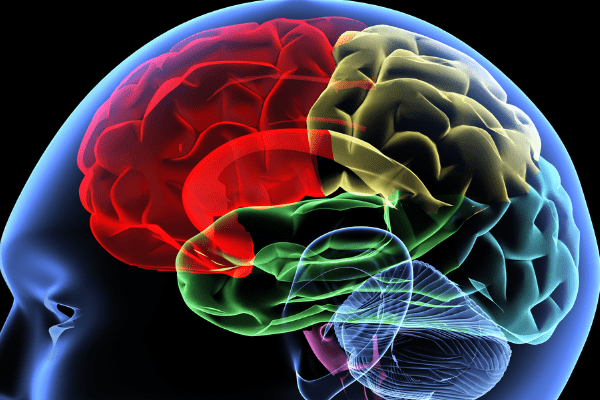Carey Participates in $1.5 Million Brain Imaging Research Project

Faculty from the Carey Business School will participate in a $1.5 million research project that will develop and commercialize a new method for analyzing brain activity. Led by neuroimaging scientists at Johns Hopkins and Copenhagen Universities, this project comes as part the Obama administration’s $100 million Brain Research through Advancing Innovative Neurotechnologies (BRAIN) Research initiative. The initiative aims to create the next-generation brain-imaging system that could aid in diagnosing and treating dementia, Parkinson’s, depression, schizophrenia and other brain diseases.
The Johns Hopkins grant, “Imaging In Vivo Neurotransmitter Modulation of Brain Network Activity in Real Time,” will work to develop transformative brain imaging that does not currently exist. Over the next three years, the funding will be used to develop a noninvasive method of measuring human brain neuronal activity and chemical changes in real time. The system will yield results that measure neuronal signals in milliseconds, not in hours as in current PET scans, and are much more sensitive to neurochemical processes than other imaging techniques, including fMRI (functional magnetic resonance imaging) and magnetoencephalographic (MEG) recording of brain magnetic fields.
The team working on the project expects the three-year planning grant to yield a proof-of-concept, including pre-clinical trials, for a noninvasive system that would use light- and sound-emitting dyes to measure brain activity external to the skull and in three dimensions along with software to analyze the resulting information. It would resemble a helmet, with sensors that read brain activity as expressed in the action of dyes. Three different kinds of dyes will be used: one containing light-emitting fluorescent materials sensitive to neuronal voltage changes, one that responds to changes in pH levels, and one that emits ultrasound signals.
Following the planning grant, the goal is to create a working machine within three to five years, with additional NIH funding and perhaps with industrial partnerships that would be secured with assistance from the Johns Hopkins Carey Business School and the Technical University of Denmark.
“If successful, this technology could transform brain imaging. Aside from diagnostics, there is considerable potential research application across all brain science fields providing fundamental new understanding in the living human brain,” said Philip Phan, a co-investigator of the BRAIN Initiative and professor and executive vice dean at the Carey Business School. Phan played an instrumental role in bringing the Johns Hopkins grant partners together and will lead the efforts to develop a marketable imaging device from the prototype.
